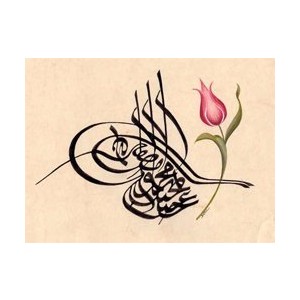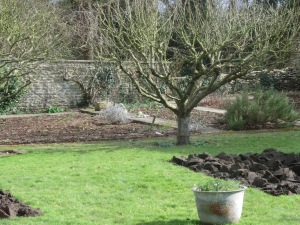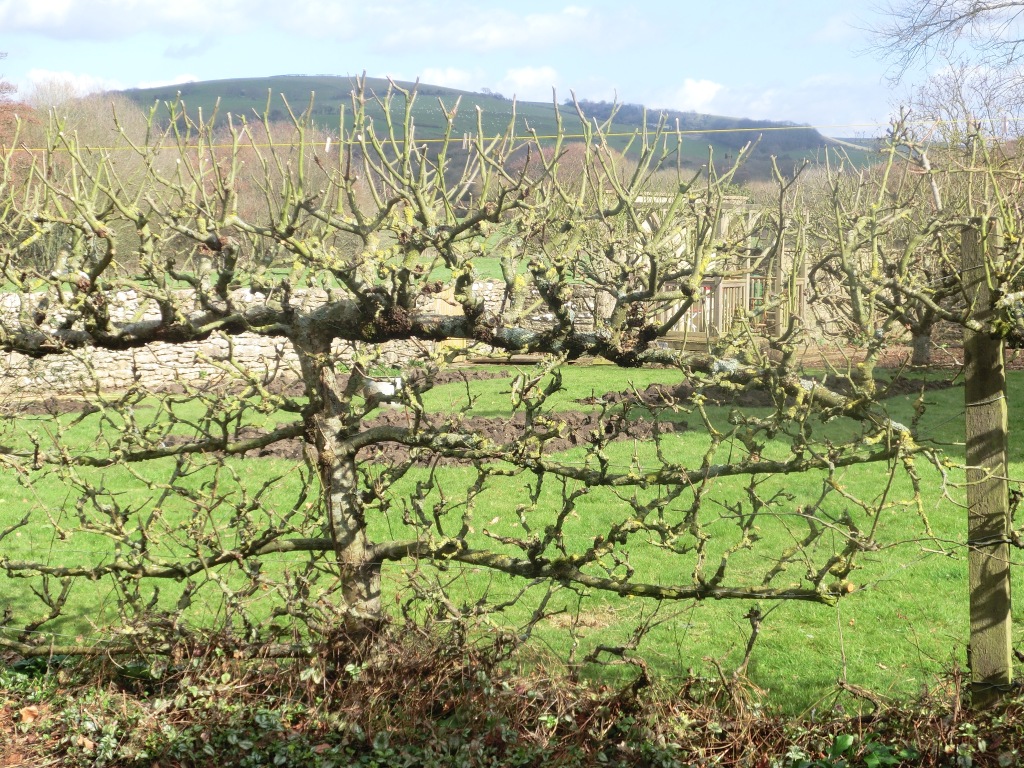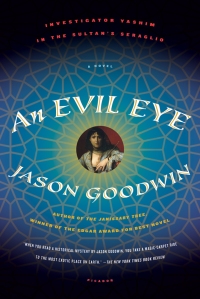One of the joys of writing is Doing Research – ie, not actually writing at all but following a hunch.
The hunch I’ve been following up today is the story of the Czartoryski family, formerly Princes of Lithuania, whose beautiful museum in Cracow contains – among many wonderful things, including full suits of Sarmatian armour, with wings – Leonardo’s sinisterly captivating Lady with Ermine.
I first saw this painting in 1984, when Poland was under martial law; and again in 1990, when I walked through Cracow on my way to Istanbul. I saw it there a couple of years ago, too, but missed it when it came to the National Gallery last Winter. Forget the Mona Lisa’s smile – this Lady is far more mysterious!
The Czartoryski I’m interested in is Adam (1770-1861), who was at different times Russia’s foreign minister and also President of the Polish National Government in 1830, when the Poles rose in revolt against Russia. A little like the Georgian Shevardnadze, perhaps, who was the USSR’s foreign minister and later President of independent Georgia.
Though the Prince never went to Istanbul himself, he sent Michał Czajkowski, a trusted lieutenant there in 1842 to investigate the possibility of creating a Polish enclave on the Bosphorus, where Poles exiled after the failure of their rebellion could settle.
The remarkable thing is that Czajkowski succeeded: a village called Adampol, or Adamköy, still exists about twenty miles outside Istanbul, and people there still speak Polish. What’s more, Czajkowski stayed in Turkey, converted to Islam, and served in the Ottoman army as Sadyk Pasha, in charge of a regiment of Ottoman Cossacks.
I feel sure that Ambassador Palewski, Yashim’s old friend, must have had something to do with it all…













